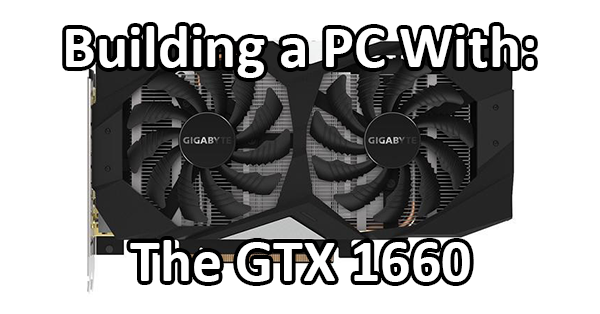
Just when you thought new releases from NVIDIA could not get any weirder, they go and announce the GTX 1660 to the world.
With their first push into mid-tier-priced cards in years, we take a look at creating a balanced PC with the GTX 1660!

Just when you thought new releases from NVIDIA could not get any weirder, they go and announce the GTX 1660 to the world.
With their first push into mid-tier-priced cards in years, we take a look at creating a balanced PC with the GTX 1660!
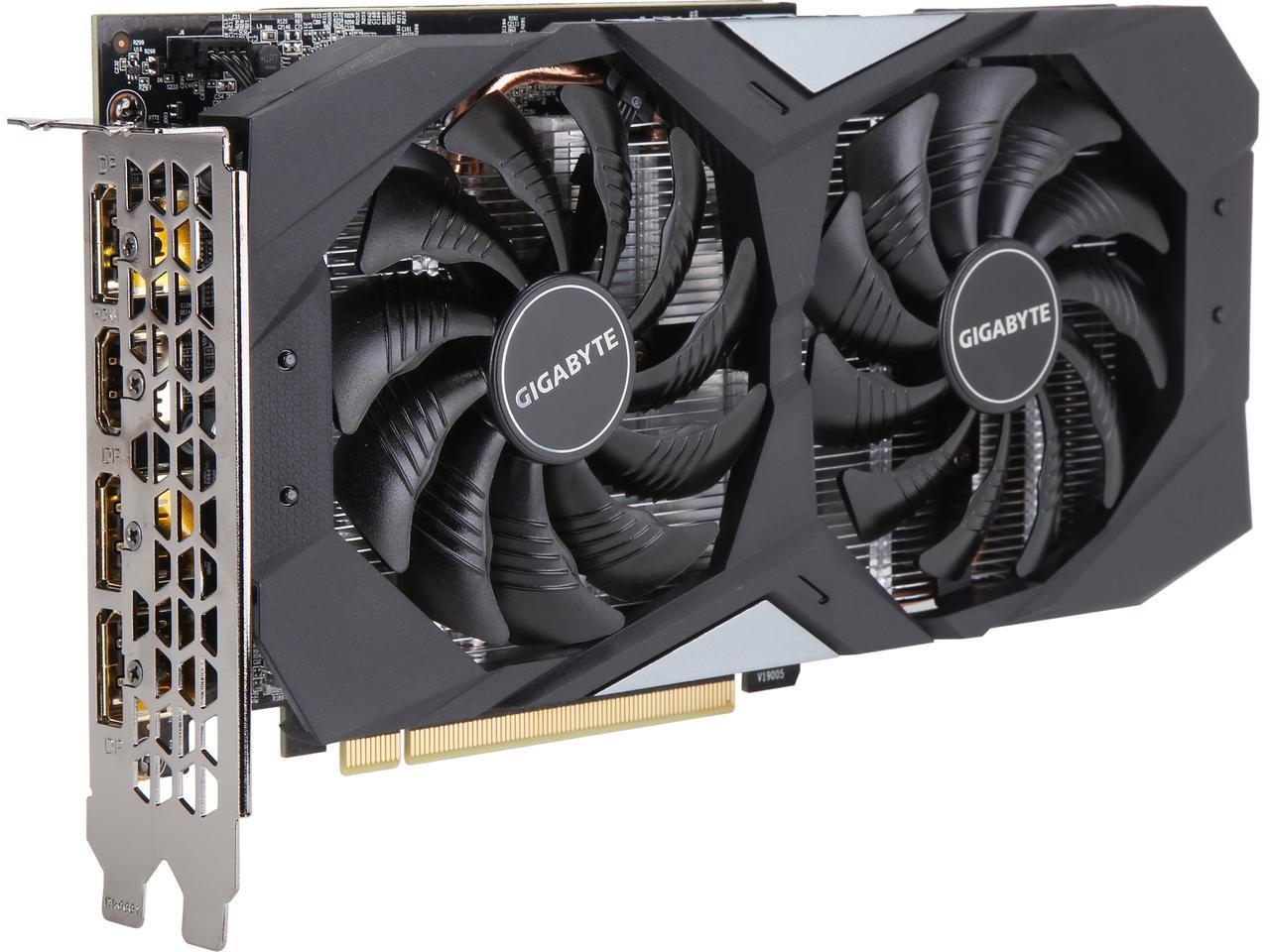
So, nVidia is launching its latest (and cheapest) card in the 12nm series of cards. The GTX 1660, like the GTX 1660 Ti before it, has no RTX. However, it does let you play Witcher 3 on 60FPS+ on 1080p for $220. This new card beats all other AMD 5xx cards in its price range, and that includes the RX 590. It consumes less power, produces less heat, and less noise too. Considering the good price and stellar 1080p performance, this card ought to be a winner.
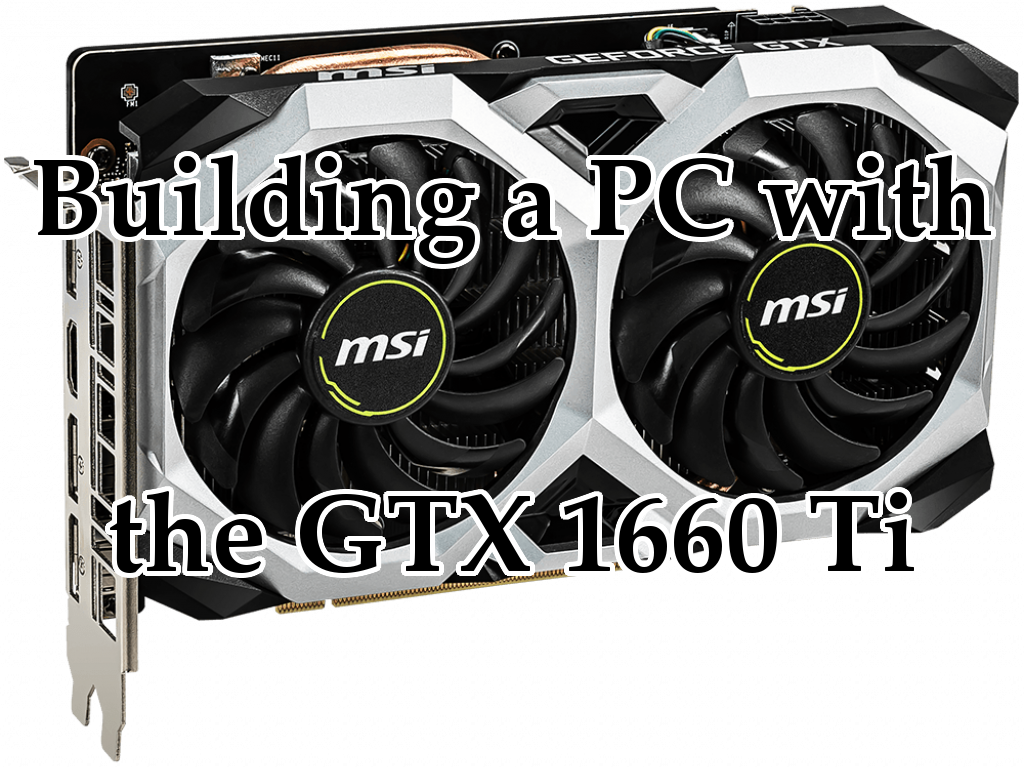
NVIDIA’s newly-released GTX 1660 Ti behaves almost like a new and improved GTX 1070. It comes with the new Turing architecture found in the RTX series, but without the ray-tracing and Deep Learning Super Sampling technology; these premium features are still in the early stages of adoption, and aren’t useful or economical for a mid-tier GPU. The GTX 1660 Ti offers the advantages of new architecture without the expense and burden of superfluous features.
The GTX 1660 Ti achieves framerates at resolutions and settings roughly comparable to the GTX 1070. It doesn’t reach the level of a GTX 1080, but it’s an affordable upper-mid-range graphics card that will meet the needs of gamers and digital artists alike.
What would a versatile, powerful, balanced PC build look like with this GPU?

Last week I built myself a new PC and I put a lot of thought into it. I wanted to make it easily upgradeable with the main bulk of the system lasting me a good 4-5 years. In this blog post, I will show what I chose and then explain my reasoning.
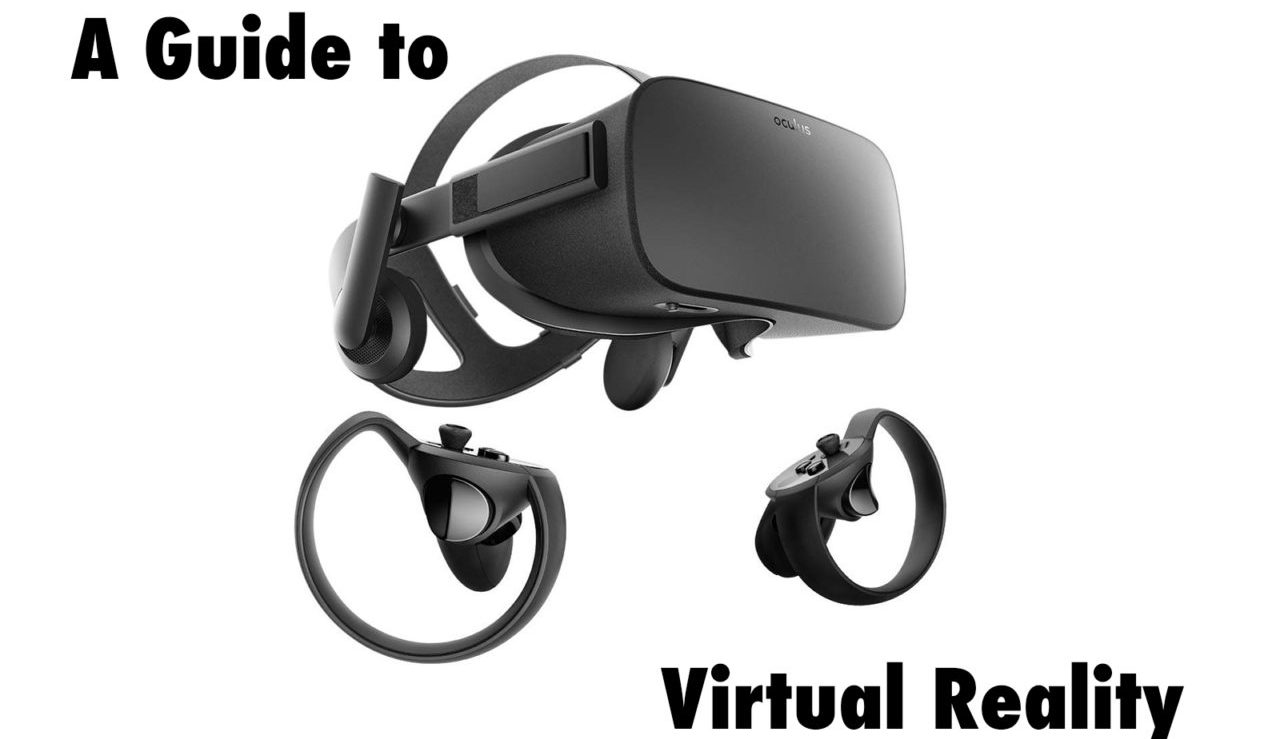
The rapid development of virtual reality (VR) headsets has been one of the most exciting leaps in tech in the last five years. What was once a clunky, expensive technology relegated to university research departments has become mass-produced and cheap enough for anyone to enjoy. We’ll break down what types of headsets are out there, plus what’s on the horizon, and then recommend the best system for most users.

With the release of the highly-anticipated i9-9900k, gamers running Intel systems may still be wondering whether it’s worth upgrading to this pricey CPU, even over less-expensive options like the i7-9700k and the year-old i7-8700k. It can be tempting to default to the latest flagship model, but that may not be the best option for every builder.

PLEASE NOTE: We now have a thorough, regularly updated big guide article on building a PC for Apex Legends over on our main site. Check it out!
Now that you have read our warning, you may return to the content of this older blog post:
Apex Legends, the free-to-play battle royale title from the creators of Titanfall, launched on February 4 and quickly became a huge hit, gaining 25 million players in its first week. Built off the Titanfall universe, the game unites players in squads of three to battle it out against 20 other teams, all vying to be the last squad standing.
The game’s success is thanks in large part to how well the game runs on a variety of PC specs. But for this article, our purpose is simple: We’ll recommend PC builds for two different budgets, both intended to run the game smoothly—one for playing at 1080p with max settings, and one for playing at 4K with max settings.

AMD’s Radeon VII has arrived! All hail the Radeon VII! But does it belong in our build chart?
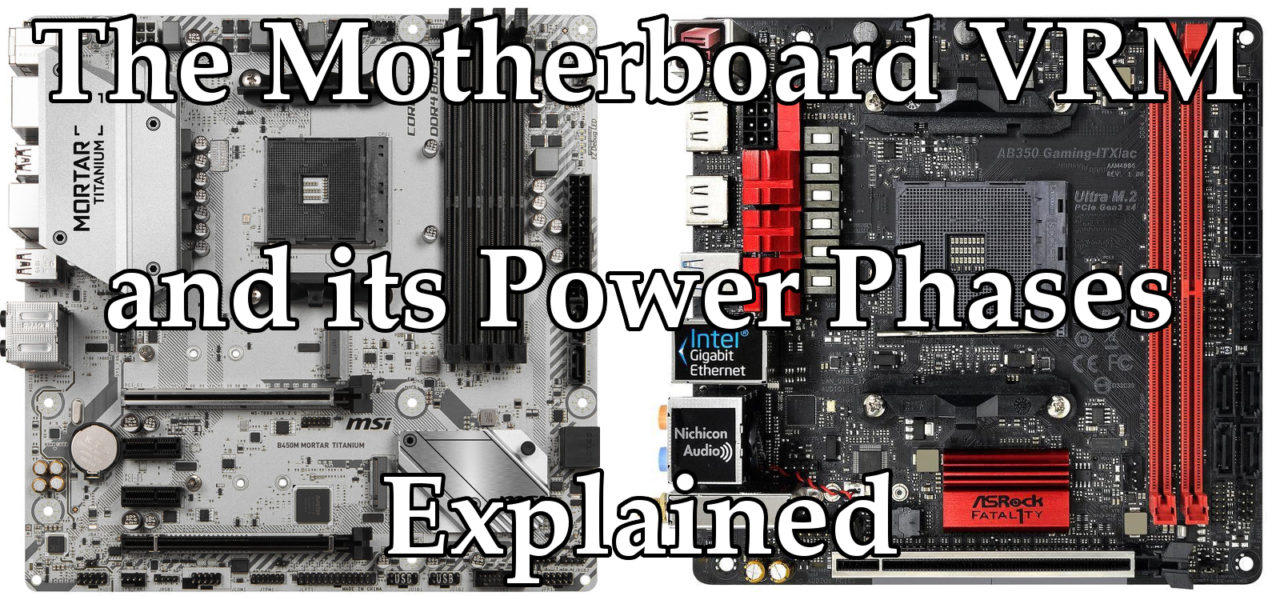
Often, motherboard product pages and online forum users mention a motherboard’s VRM and how many power phases it has. Being a somewhat technical topic, VRMs aren’t an easy topic to get into. So today, we will introduce the concept of the VRM and these so-called power phases as simple and straightforward as possible, so that you can easily discern what a motherboard product page is telling you (and when it matters).